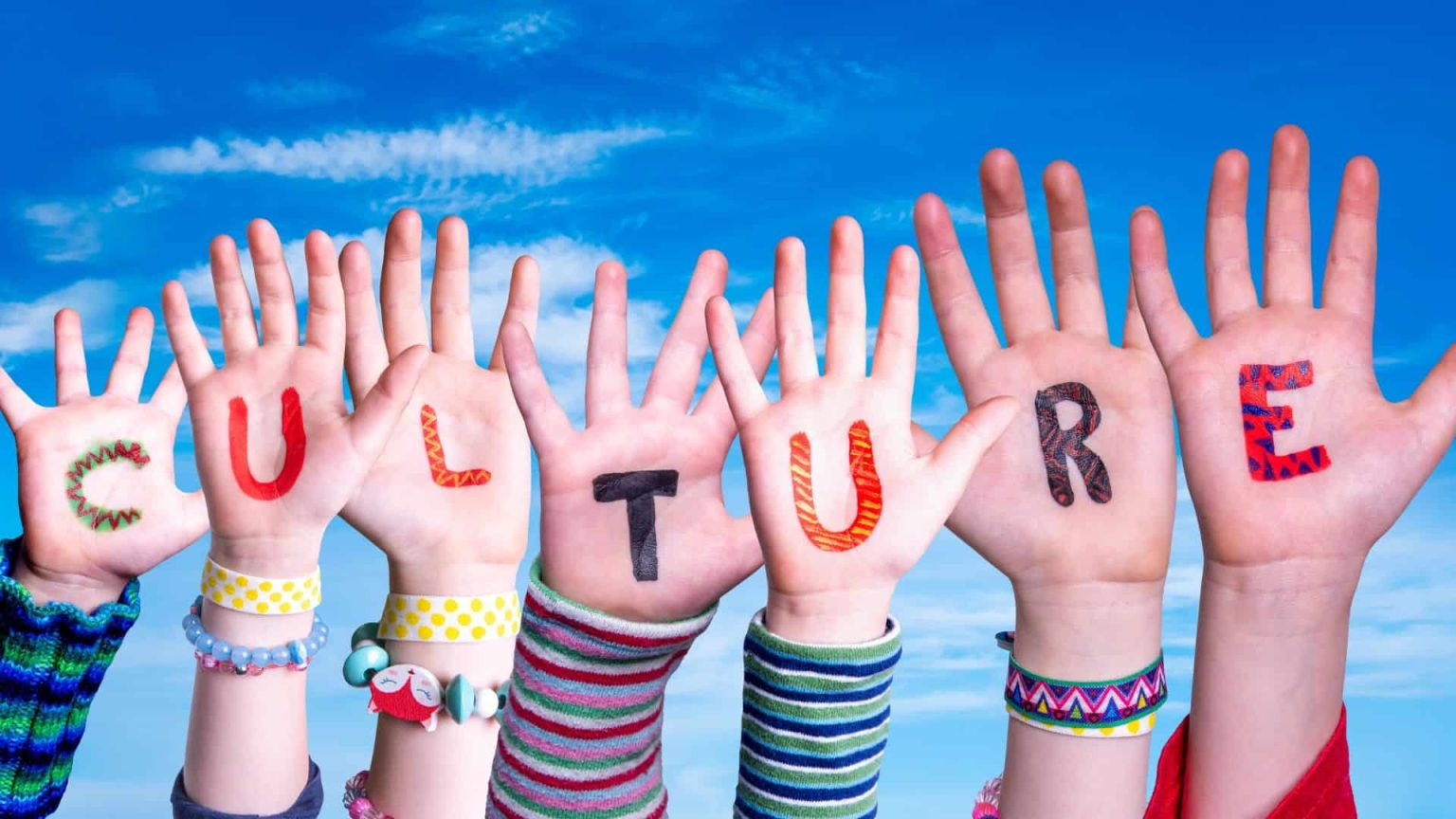Educational institutions play a central role in guiding students and imparting a wide range of knowledge and skills. While subjects such as math and science are an integral part, teaching cultural diversity should be equally emphasized.
This is particularly relevant given the evolving and inclusive nature of our contemporary society. Consequently, it becomes imperative that students understand and embrace the multifaceted dimensions of cultural diversity.
This article takes a closer look at the various categories of cultural diversity and highlights the profound importance of its integration in educational settings.
Classification of cultural diversity
An understanding of the many different types of cultural diversity is vital to students’ personal and social development. It includes a wide range of categories such as race, language, religion, and customs. Awareness of and respect for these differences will help students develop empathy, open-mindedness, and effective communication skills, preparing them for a globally connected world, regardless of their background. Be that as it may, with understanding and respect for all individuals.
Race

Race divides individuals into different groups based primarily on physical characteristics such as skin color (eg, Asians and Americans). These dynamics can affect students’ self-perceptions and their interactions with others.
Religion

Religion serves as a determining factor for communities centered on different spiritual beliefs, such as Christianity or Hinduism. The way students respond to learning materials may be influenced by their religious associations, as their beliefs and perspectives may shape their interpretations and responses to the materials presented.
Ethnicity

Race, like ethnicity, revolves around cultural relationships and how individuals identify with certain groups. However, unlike race, which is often based on physical characteristics, ethnic identity is developed through exposure to shared cultural practices, traditions, and family ties. It is about understanding and connecting with a specific cultural heritage, often passed down from generation to generation.
Language

Meaning of Cultural Diversity Education
Education about cultural diversity is important because it promotes tolerance, respect and understanding between people of different backgrounds. It broadens perspectives and improves critical thinking and adaptation in an interconnected world. This education prepares individuals to thrive in diverse environments, fosters cooperation and reduces prejudice. It also contributes to the preservation of cultural heritage and traditions while promoting social harmony. Ultimately, cultural diversity education promotes inclusive societies, reduces conflict, and empowers individuals to make a positive global contribution.
Promotes Inclusion and Acceptance

Exposing students to different cultures can help them understand the diverse heritage of their classmates, creating a welcoming and inclusive learning environment.
Students from diverse backgrounds experience a sense of value and are less likely to face preconceived judgments, fostering an environment of inclusiveness where celebrating differences is a priority.
Experiencing different cultures fosters a true appreciation for people’s individuality, breaking down prejudices and prejudices.
Develop critical thinking skills.

Exploring diverse cultural aspects nurtures students’ critical thinking and analytical skills. It broadens their horizons, enabling them to participate in meaningful discussions on social issues.
Through cultural diversity education, students learn to challenge themselves and develop innovative solutions with an open mind.
Cultivates Global Awareness

Cultural diversity education gives students the tools to understand complex global issues such as climate change and poverty, allowing them to actively participate in finding effective solutions. This type of education empowers students to take the lead in making positive changes in society, even from an early age, by equipping them with the knowledge and perspective needed to tackle global challenges in innovative and proactive ways.
Enhances Communication Aptitude

Connecting with classmates from different cultural and social backgrounds provides students with a valuable opportunity to improve their communication skills. Through these interactions, they develop a deeper understanding and respect for different cultures, develop the ability to listen attentively, and even master new languages and traditions.





